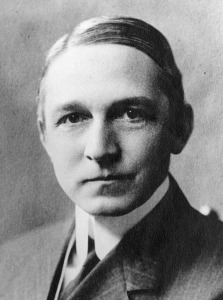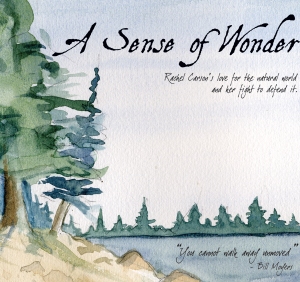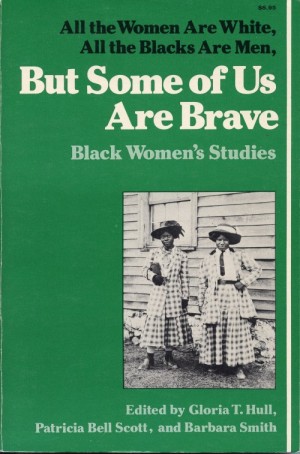An incredible collection of Spanish periodicals and newspapers from the Archives are now available online at http://hdl.handle.net/11134/20002:NewspapersSpain
In the early 1970s, the Archives acquired this rich collection from the famous bibliophile, Juan Perez de Guzman y Boza, the Duque de T’ Serclaes, which reflects the complex history of Spain through its periodical and newspapers during most of the 19th century. Of great interest and research value is the wide selection of women magazines written by men to appeal to a female elite audience. The range of materials you can find in these literary and general interest magazines is limitless. Full of things such as short historical stories, poems, good advice for both men and women about the proper behavior of ladies at any age, beautiful colored and engraved images with the latest news of Paris fashion, music sheets of polkas and other music specifically composed for the magazines, and patterns for needlework to name only a few. These magazines are an amazing window to understand the social dimensions of women in 19th century Spain.
Because of their significance to international researchers unable to travel to the University, the Dodd Research Center has been digitizing many of the titles in the collection. Nine titles, including Correo de las damas o poliantea instructiva, curiosa y agradable de literatura, and ciencias y artes published in Cadiz, Spain have been digitized with 12 or more titles to be completed.






